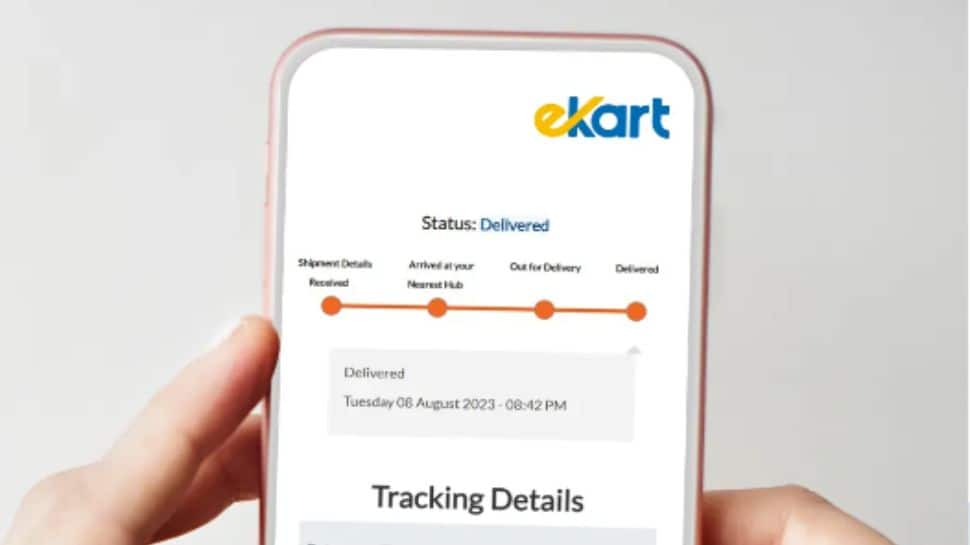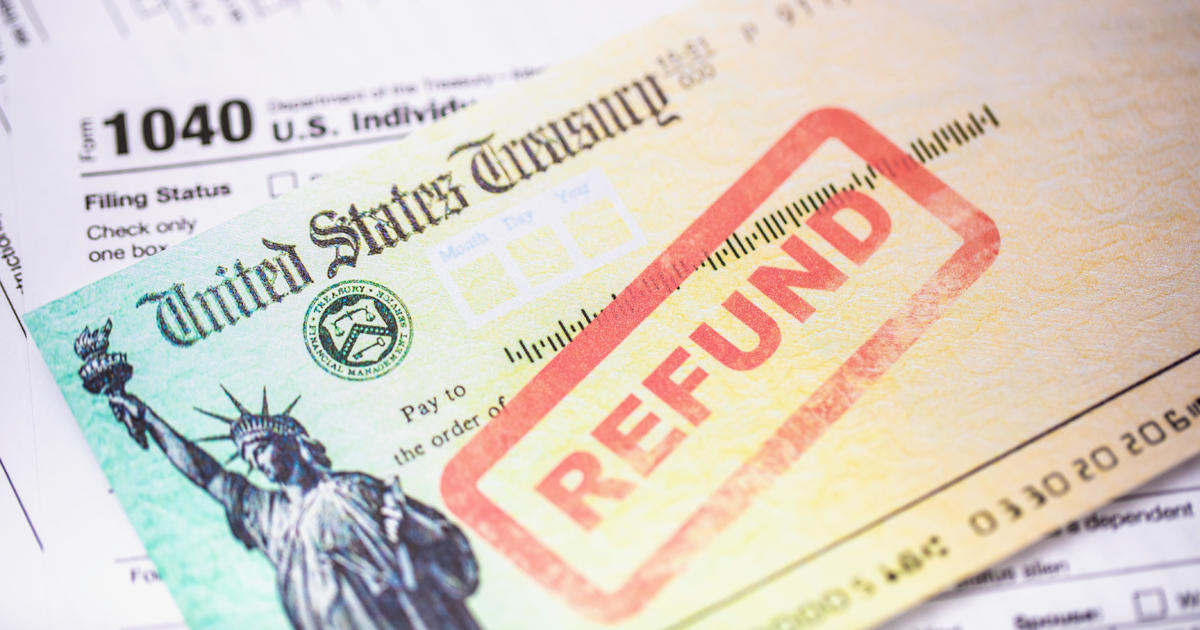After you’ve filed your taxes, waiting for weeks or months on end for your refund to show up in your bank account can be frustrating. But the IRS is warning of some “myths” in circulation that might sound appealing, but in fact won’t help figure out when your refund is landing.
There’s a good reason why many workers are anxious to get their hands on their refunds — the payment typically represents the biggest check most Americans will receive all year. And although refunds are 11% lower so far this tax season compared with a year earlier, it’s still a big chunk of change, averaging $2,972, according to the latest IRS data.
To be sure, there are some steps you can take to ensure your tax return doesn’t get held up with processing. For one, tax experts say to file your return electronically because paper returns need to be processed by IRS employees, rather than scanned by a computer — that can add weeks or months to getting your refund. Second, check your return for errors before you file, because simple math problems can get your return jammed up, too.
But once your return is filed, don’t fall for the following myths about how you can get a “more accurate” date for your refund, the IRS warns.
Myth: Calling the IRS will get you better info about your refund
Some people think talking with an IRS customer service agent or a tax prep company will give them more accurate information about when their refund will land. Not so.
Instead, the IRS said it’s best to check the “Where’s My Refund?” website or the IRS2Go app. You can also call the automated refund hotline at (800) 829-1954, but it simply provides the same info that you can get on the website.
The agency recommends against phoning up the agency unless the “Where’s My Refund?” website says you should make a call,
Myth: There’s no deposit date at “Where’s My Refund?” so it’s wrong
Some people think the “Where’s My Refund” site is wrong if there’s no deposit date yet for their refund check, the IRS said. But the site and the IRS2Go mobile app are only updated once a day, and that usually happens overnight.
Sometimes returns need more time to be processed, and a refund could take longer, which could mean that the “Where’s My Refund” site has no date yet for your refund. Most refunds are issued within 21 calendar days after a return is filed.
Myth: “Where’s My Refund?” is wrong because the refund amount is less than expected
Sometimes people’s refunds are lower than they expected because the IRS has made adjustments on the return. The IRS will mail a letter to explain what changed.
“Some taxpayers may also receive a letter from the Department of Treasury’s Bureau of the Fiscal Service if their refund was reduced to offset certain financial obligations,” the agency said.
The IRS said that taxpayers should check the “Where’s My Refund?” site or wait to receive a letter from the agency before calling.
Myth: I got a refund, so I’ll get one next year
Actually, you might have to change your withholding this year even if you received a refund, according to the IRS. Events like getting married or having a child can change your tax situation, while other issues can also have an impact, like getting a raise or earning gig income.
The IRS recommends that people check its Tax Withholding Estimator” tool to see if they should change their withholding.















































